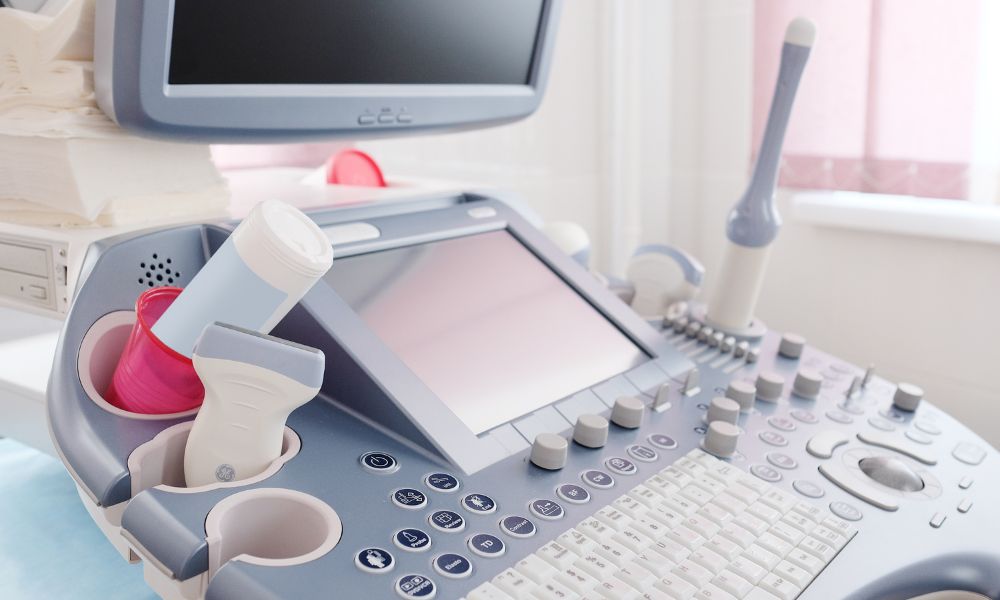
The practice of obstetrics and gynecology is one that’s specialized and demanding. OB/GYNs must arm themselves with the most cutting-edge equipment available on the market to ensure optimal patient care.
These devices help in providing a more accurate diagnosis and contribute to a higher standard of treatment. That’s why we’re here to explore the primary medical devices that all OB/GYN practices should have.
Fetal Dopplers: The Sounds of Comfort and Assurance
Fetal dopplers are simple yet profound devices that allow OB/GYNs to detect and monitor the baby’s heartbeat. This non-invasive method provides reassurance to the mother and her family while also serving a crucial diagnostic purpose.
However, while this tool is simple in theory, it needs a trained professional to avoid complications.
Ultrasound Machines: More Precise Imaging Than Ever Before
Gone are the days when pregnancy ultrasounds were two-dimensional glimpses into the womb. Today’s ultrasound machines offer a plethora of options, including 3D and 4D imaging.
While you need to understand these 3D and 4D ultrasounds before buying them, you should have access to one to remain competitive in the industry.
Thanks to the technological advancements of these machines, it’s now easier to detect anomalies, monitor the development of the fetus, and offer a more comprehensive prenatal care experience.
High-resolution images from advanced ultrasound machines provide OB/GYNs with the necessary detail to identify potential complications, ensuring timely intervention and improving patient outcomes.
Colposcopes: Navigating the Cervical Terrain With Precision
For gynecologists, a colposcope is an indispensable tool used to examine female reproductive parts. It magnifies and offers a detailed and illuminated view of the tissue, making it easier to spot any potential abnormalities.
With features such as image recording and built-in cameras, colposcopes help with documentation and patient education.
This equipment is instrumental in directing biopsies and providing a clear path for targeted treatments, resulting in more accurate and effective gynecological care.
Hysteroscopes and Laparoscopes: Eyes Inside the Body
Hysteroscopes and laparoscopes give OB/GYNs a minimally invasive view of the reproductive system. They introduce hysteroscopes through the cervix to view the inside of the uterus, aiding in diagnosing and treating complications such as fibroids and adhesions.
Laparoscopes, with their small incisions and fiber-optic technology, provide a clear abdominal view for procedures like tubal ligations or ovarian cyst removal. These tools reduce patient recovery time and minimize scarring.
Surgical Lasers: Precision Instruments Beyond the Visible
Lasers in gynecological surgery are transforming the field, which is why OB/GYNs must have this medical device in their arsenal. They offer unparalleled precision, reducing the risk of damage to surrounding tissues.
These lasers are popular in diverse applications, including endometriosis treatment, cervical disease therapy, and even aesthetic gynecology.
Using a surgical laser includes benefits such as decreased discomfort, faster recovery times, and superior surgical outcomes, all of which will be greatly advantageous for your patients.
